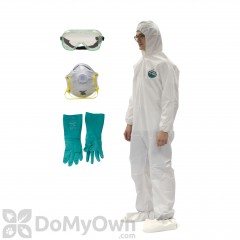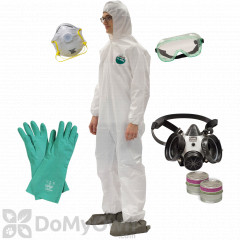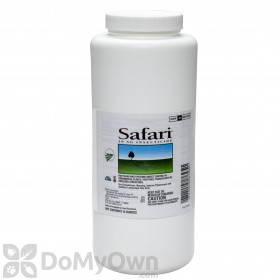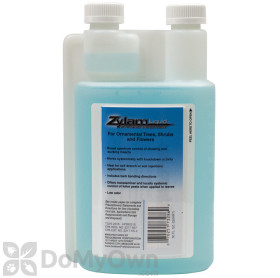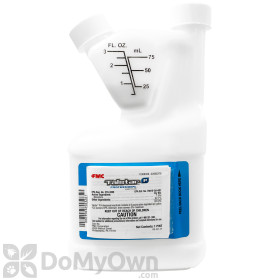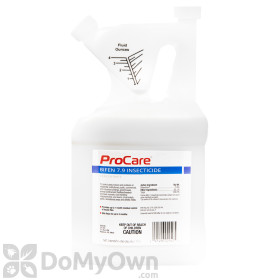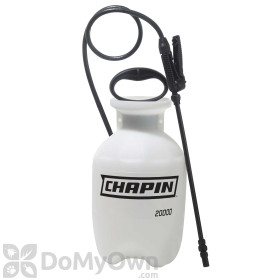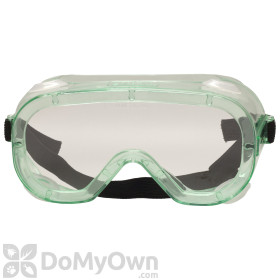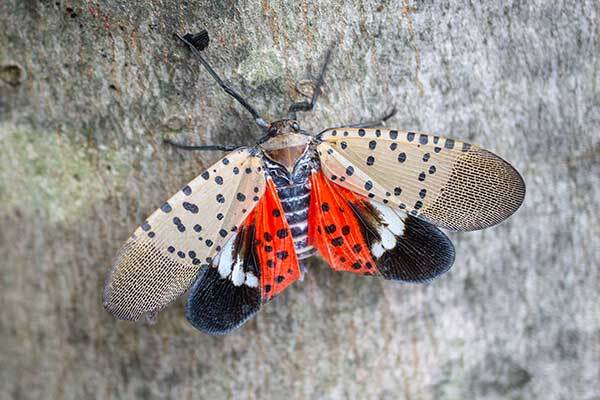
Local farmers, gardeners, and homeowners in the Northeastern states--especially Pennsylvania and New Jersey, but including several others--have an unwanted visitor to worry about. The Spotted Lantern Fly (SLF) has found its way to the Eastern United States from Asia.
Since they were discovered in Berks County, Pennsylvania in 2014, these invasive leaf-hoppers (not actually flies) have been causing damage to orchards, vineyards, ornamental trees, gardens, and other valuable local plants with their destructive feeding habits. Their honeydew--a sticky sap they leave behind after feeding--promotes the growth of a dark fungal mold that robs plants of sunlight and can cause plant death.
Learn more about how to identify and how to kill spotted lanternfly pests below.
What Does a Spotted Lanternfly Look Like?
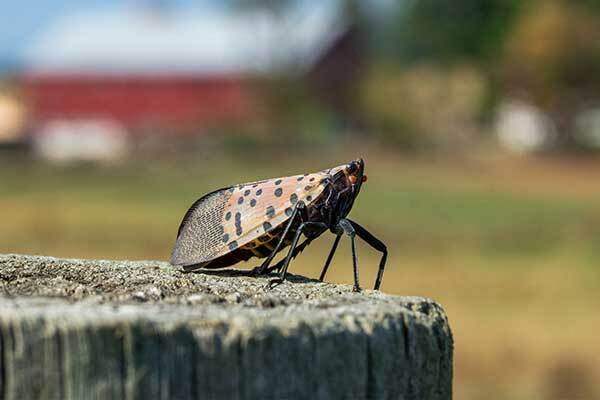
These pests grow to about an inch long and half an inch wide as adults. They have gray, black-spotted forewings and red and black banded hindwings. Lanternfly abdomens are yellow with black bands, and their legs and head are black.
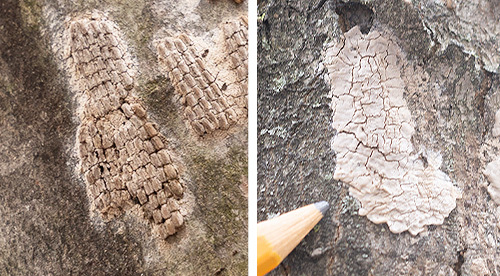
What Do I Do If I Find a Spotted Lanternfly?
- Alert the local Department of Agriculture of the sighting location.
- Remove and destroy by crushing any Spotted Lanternfly adults or larvae that you find. Submerge egg masses in rubbing alcohol to kill them.
- Treat the area with a liquid pesticide product spray recommended for use against the Spotted Lantern Fly. Because of the lantern fly's relatively recent arrival in the U.S., products may include a supplementary 2(ee) recommendation to address their use on Spotted Lanternflies.
The Spotted Lanternfly causes damage by piercing the bark of trees, vines, and other plants and feeding on the sap inside. This type of invasive pest feeding process can kill sapling trees and vines and cause plant health decline in more mature trees. The sticky honeydew left behind after Spotted Lanternfly feeding encourages the growth of a dark, sooty mold that can kill groundcover plants around a host plant.
How to Get Rid of Spotted Lanternfly
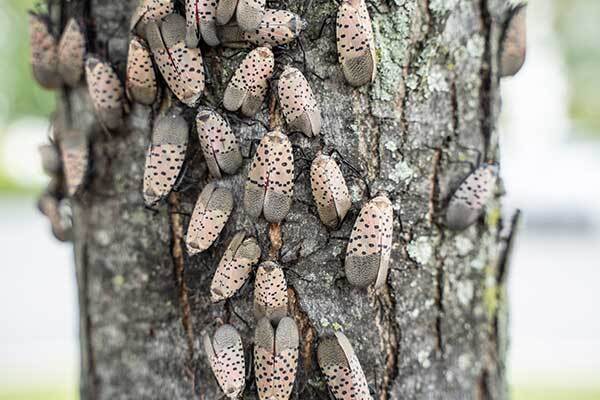
The most popular pesticide treatments for Spotted Lanternfly infestations are applied as a spray. This application takes effect quickly when the liquid pesticide product covers plant leaves and bark. Results can be seen very quickly, but complete coverage of the host plants is required for full effectiveness. Bifen IT and Talstar P are versatile products recommended for this type of use.
For some ornamental plants growing in nurseries, landscaped areas, or forests, a soil drench application--pouring or injecting pesticide product into the soil--may be the most effective for preventing Spotted Lanternfly damage. A soil drench application requires more time for the pesticide product to spread throughout the plant, but offers longer-lasting protection once that occurs. Safari 20SG and Zylam are best suited for this type of systemic application.
Always read all labels--including 2(ee) recommendations--on any product to be used for Spotted Lanternfly treatment to make sure the liquid pesticide is compatible with other plants and animals in the area before using. The application instructions may differ among the recommended products below, and there may be further restrictions regarding the states in which each may be used. Have more questions about which pest control product is the right fit for your Spotted Lanternfly infestation? Give us a call and our DIY experts will be happy to help.
The products shown below are all recommended for use against Spotted Lantern Fly and could be a great solution to your pest control needs.
How to Prevent the Spread of Spotted Lanternfly
The Pennsylvania Department of Agriculture is working to help stop the spread of the Spotted Lanternfly in the Northeastern United States by putting important transportation and travel regulations in place. Spotted Lanternfly eggs are often spread through the shipment of agricultural materials between counties and states, and the threat of damage to local crops grows with every new sighting. By following the Pennsylvania quarantine rules around farming, gardening, and landscaping materials that could be host to the Spotted Lanternfly, you can help stop the spread of this damaging pest. Intentionally transporting any Spotted Lanternfly is a serious offense that can result in criminal charges or fines.
You can report sightings of the Spotted Lanternfly to the Pennsylvania Department of Agriculture and learn more about their recommended steps for quarantine and removal at their site. Contact your local extension service office for specific recommendations if you see these insects in other nearby states including New Jersey, New York, Maryland, and Virginia.

